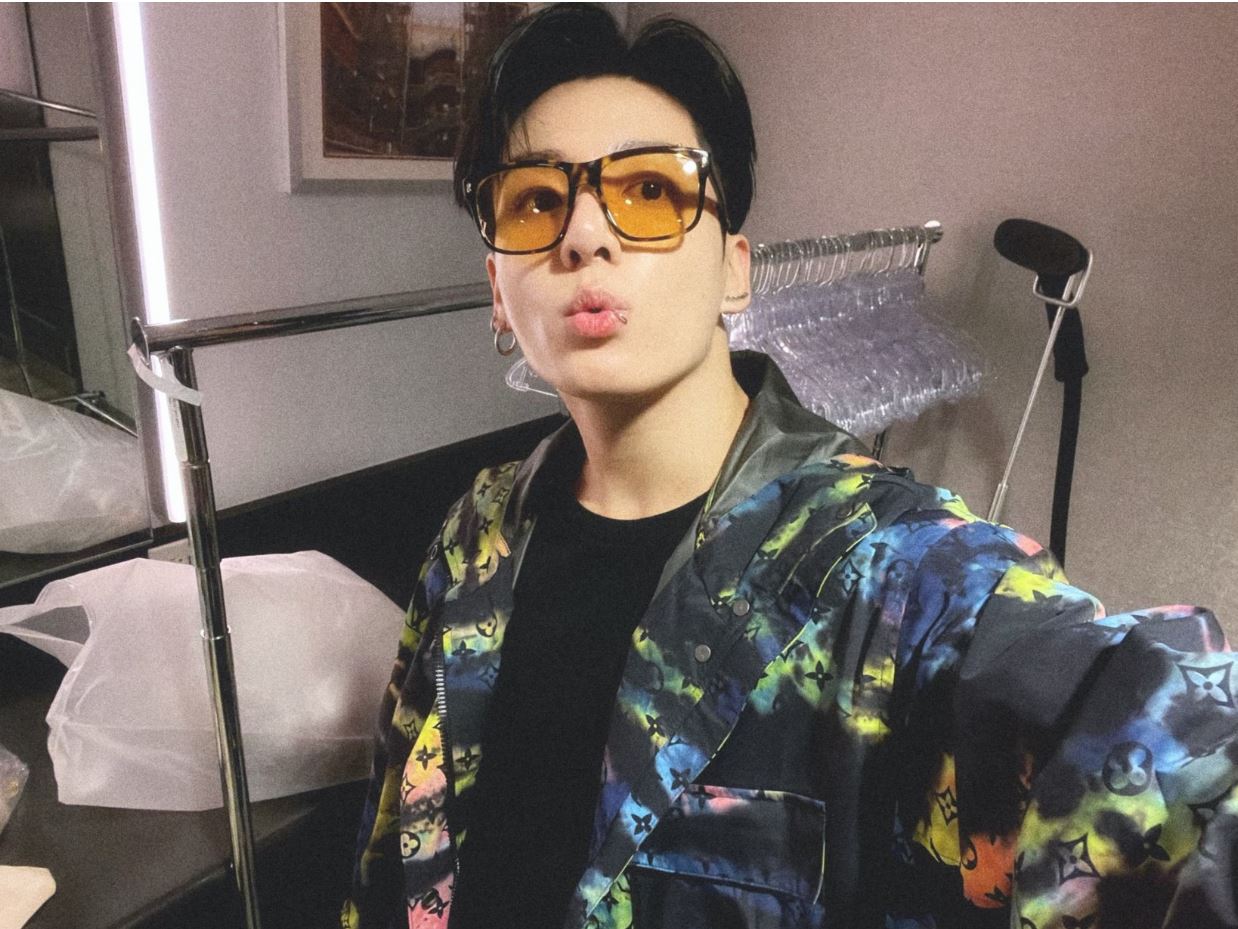Do you feel a certain calmness when surrounded by blue skies and lush greenery? Do you ever wonder why you feel alarmed whenever the red light flashes at the stop sign? Every color has a personality and meaning, and that’s why most people attribute their personal styles to a specific color. The same goes for company logos, where colors reflect their brand personality and can make or break the business.
Colors play a critical role in how the audience views a certain brand. Whether you’re running a food brand trying to enhance customer trust or a clothing store trying to reach out to its millennial customers, the color you use contributes to how you connect and attract potential customers. For instance, if you’ve watched an animated corporate video, you’ll likely notice one color that’s likely to occur several times. This shows how the company is projecting its identity by using a single color to identify its brand.
Understanding color psychology is a valuable asset, especially for marketers and designers working with brands. When creating logos or any company material, color psychology establishes an emotional experience for the audience, driving them to engage with the brand itself. To help choose the right colors for your future campaigns, here’s a quick lesson about color psychology.
Defining color psychology
It’s impossible to talk about branding and logos without color psychology. This field of study is one of the most controversial and interesting topics in marketing.
Color psychology is the study of how colors relate to human behaviors and perceptions. In brand marketing, color psychology focuses on how colors affect consumers’ brand impression and how they persuade them to consider certain brands and make a purchase decision.
Color meanings also have a certain impact on how people choose specific colors over others. A single color can also bear various meanings for each person depending on their gender, values, upbringing, location, and other personal factors.
For designers, choosing the right color is important in shaping the audiences’ attitude toward a brand. A single color can tell who they are, what they do, and who they cater to. Although picking the right color doesn’t automatically guarantee success, choosing the wrong color can damage the company’s brand identity and reputation.
Although there’s no one-size-fits-all rule for colors, certain colors have strong associations in consumers’ minds. For example, energy and orange are two things that might not be inherent to each other, but many brands often use them that they already establish a certain message.
The importance of color psychology

Color incites emotion and feeling. In marketing, colors reveal a brand’s central values. Picking the right colors for a marketing campaign can mean the difference between a brand that blends or stands out among the crowd. A strategic approach to colors can help your marketing efforts by guiding the audience on how you want them to perceive the brand.
Having a better understanding of color psychology is a good investment for designers and marketers alike. If they’re dealing with different clients from various industries, knowledge about color psychology will give them the confidence in knowing the colors they use are fitting for the brand and tied to human psychology.
According to a branding statistic by Venngage, color improves brand recognition by over 80%, while 90% of customers are likely to make a purchase based on brand colors. These figures prove colors play an important role in how customers behave and think toward a specific brand, and how they process that information.
Colors and their meanings
To give an idea about how colors get automatically associated with a certain personality or identity, here are three popular examples:
- Blue — This color represents the sky and sea, relating to trust, peace, harmony, safety, serenity, and stability. Industries that want to emphasize these traits may vary from IT firms, healthcare companies, social networks, and financial institutions.
- Red — Most marketers use this color to demand attention. It often relates to action, energy, passion, and excitement. Industries that often use this color are food, retail, and health businesses.
- Green — Often linked to money and nature, green symbolizes fertility, health, growth, and generosity. If your brand wants to project a more eco-friendly image, green is the way to go. red
No matter what colors you pick, the best color is the one that represents your brand. Following color psychology takes out the time and effort when picking the right color that matches a brand and marketing campaign. Just keep in mind that color is your best friend if you want to bring a unique emotional experience to your customers.




